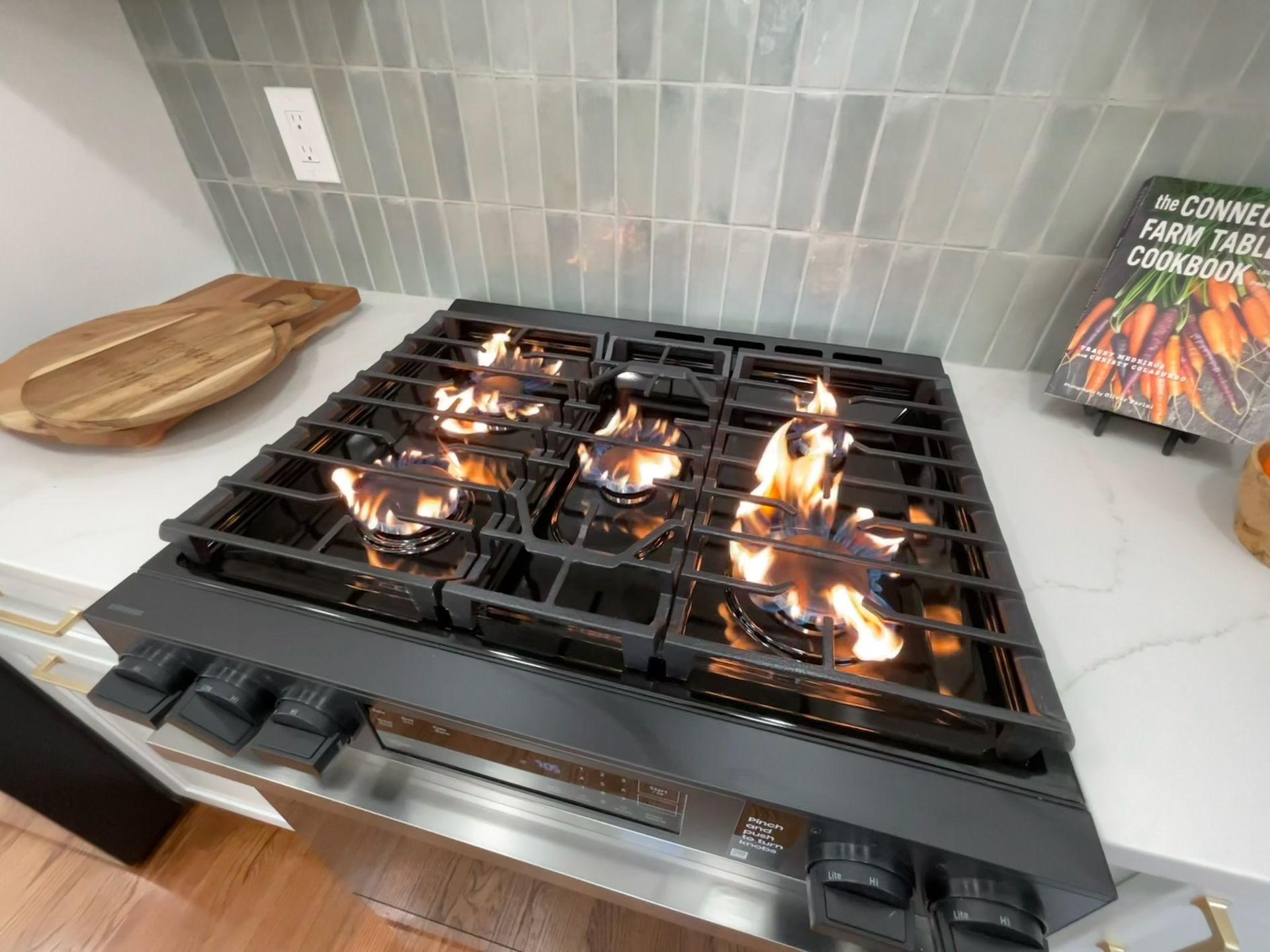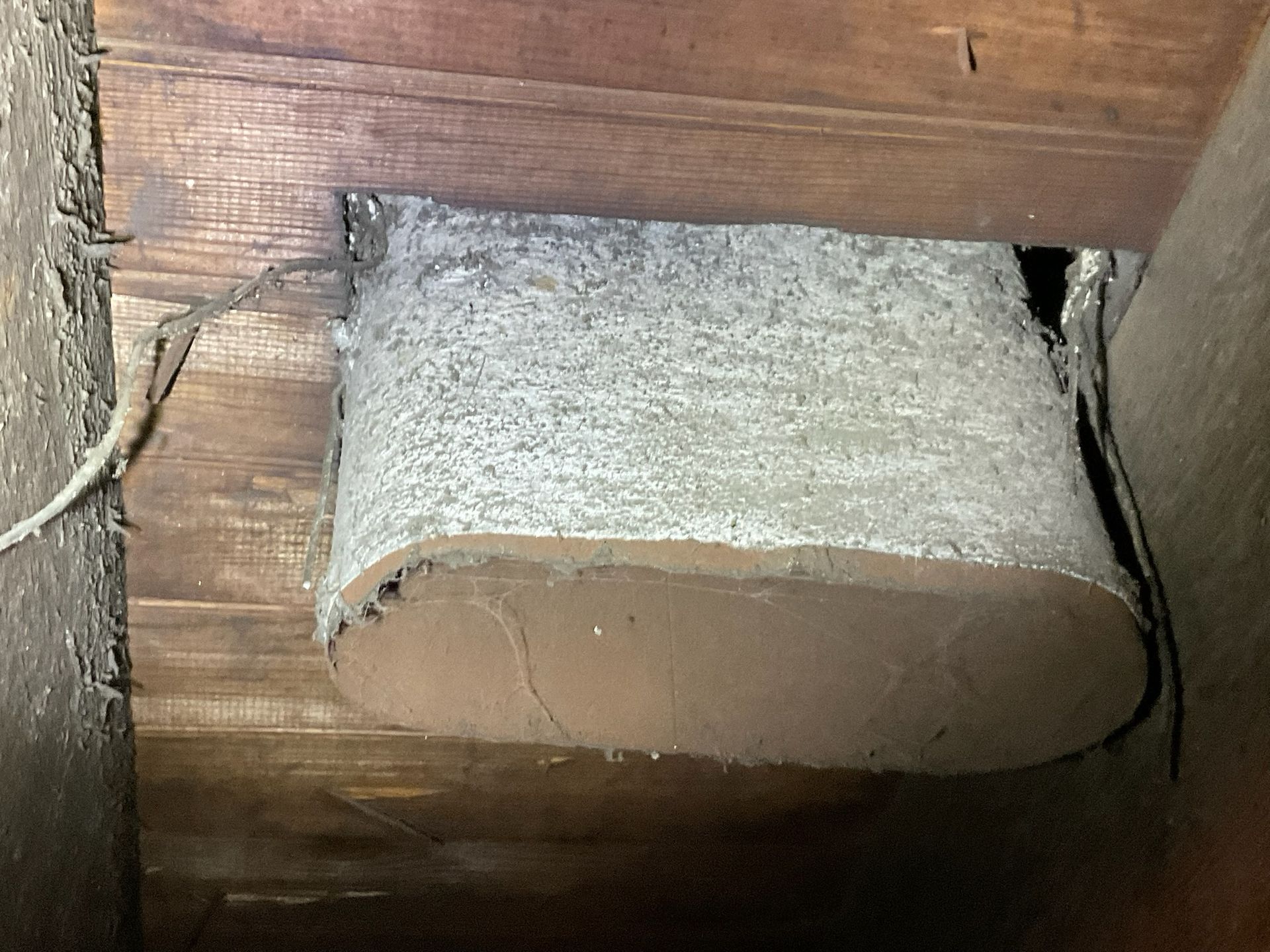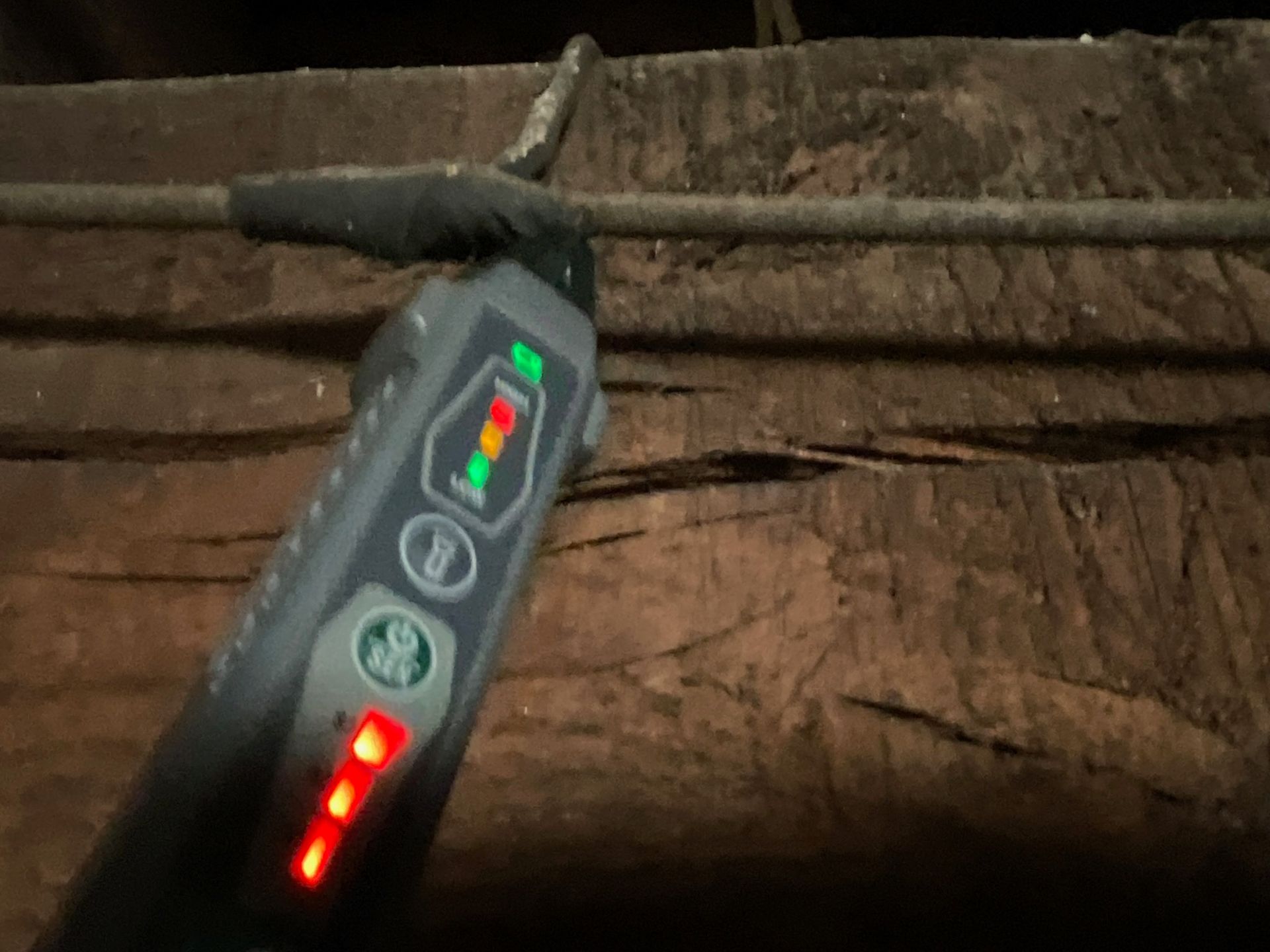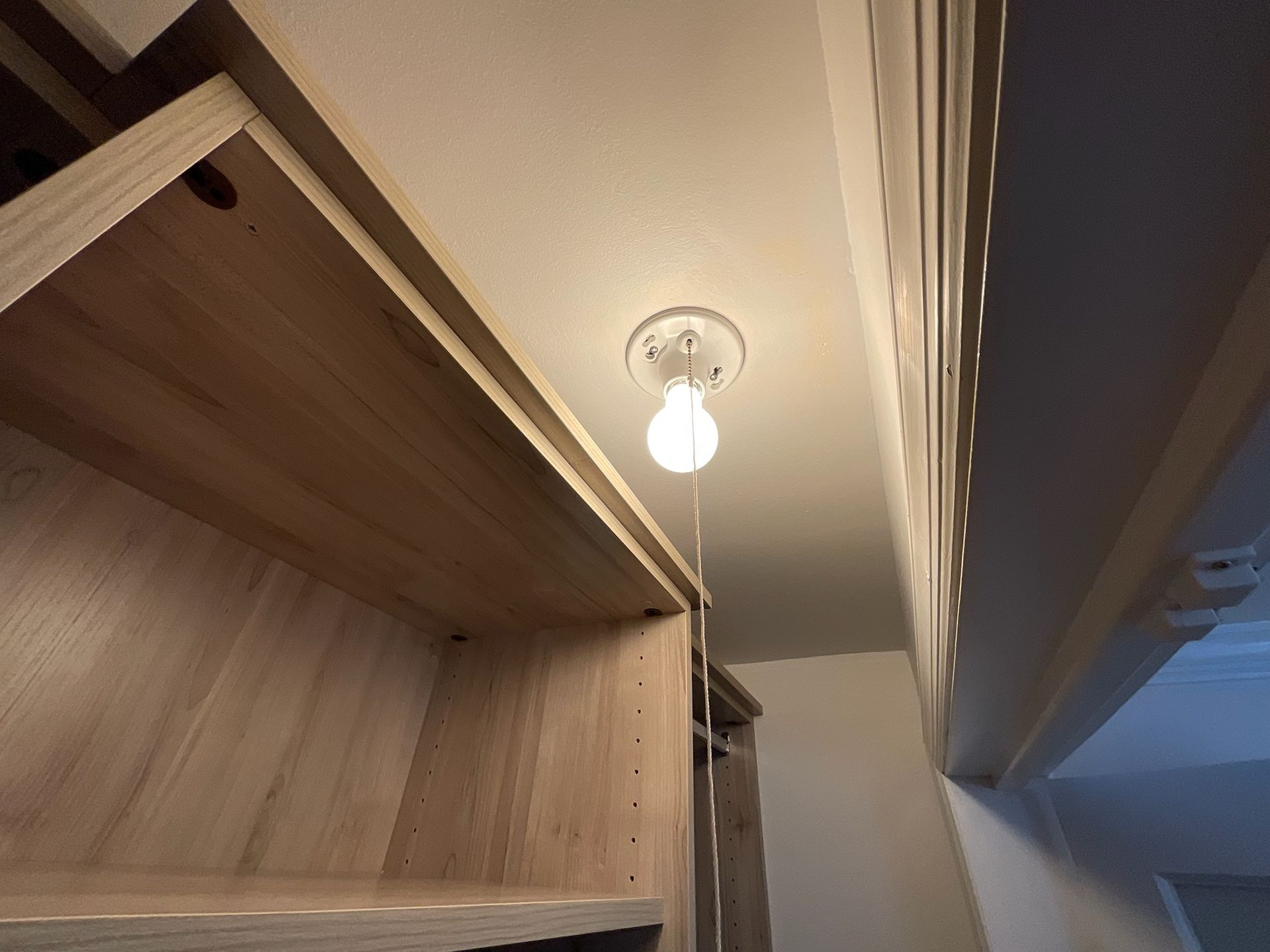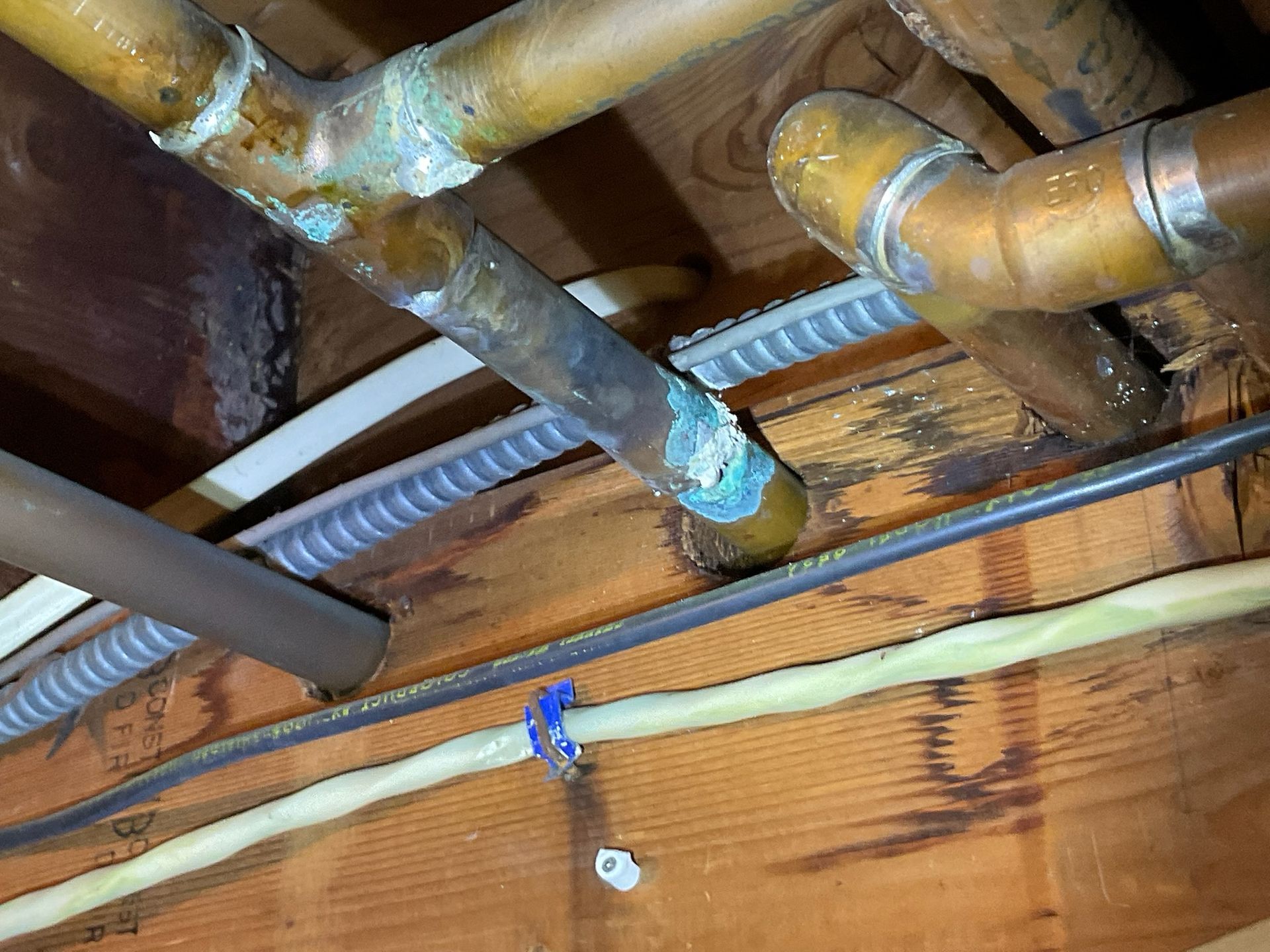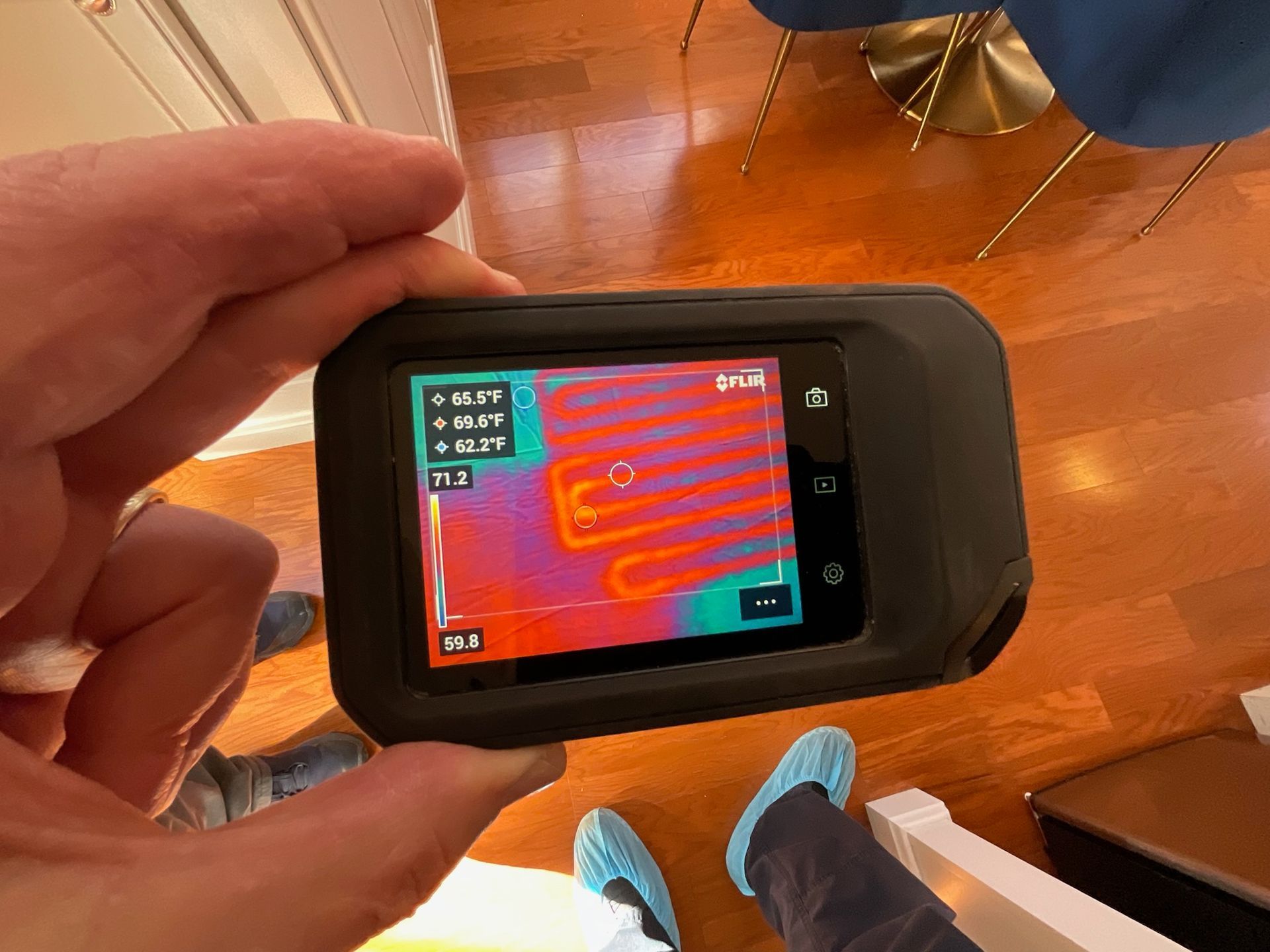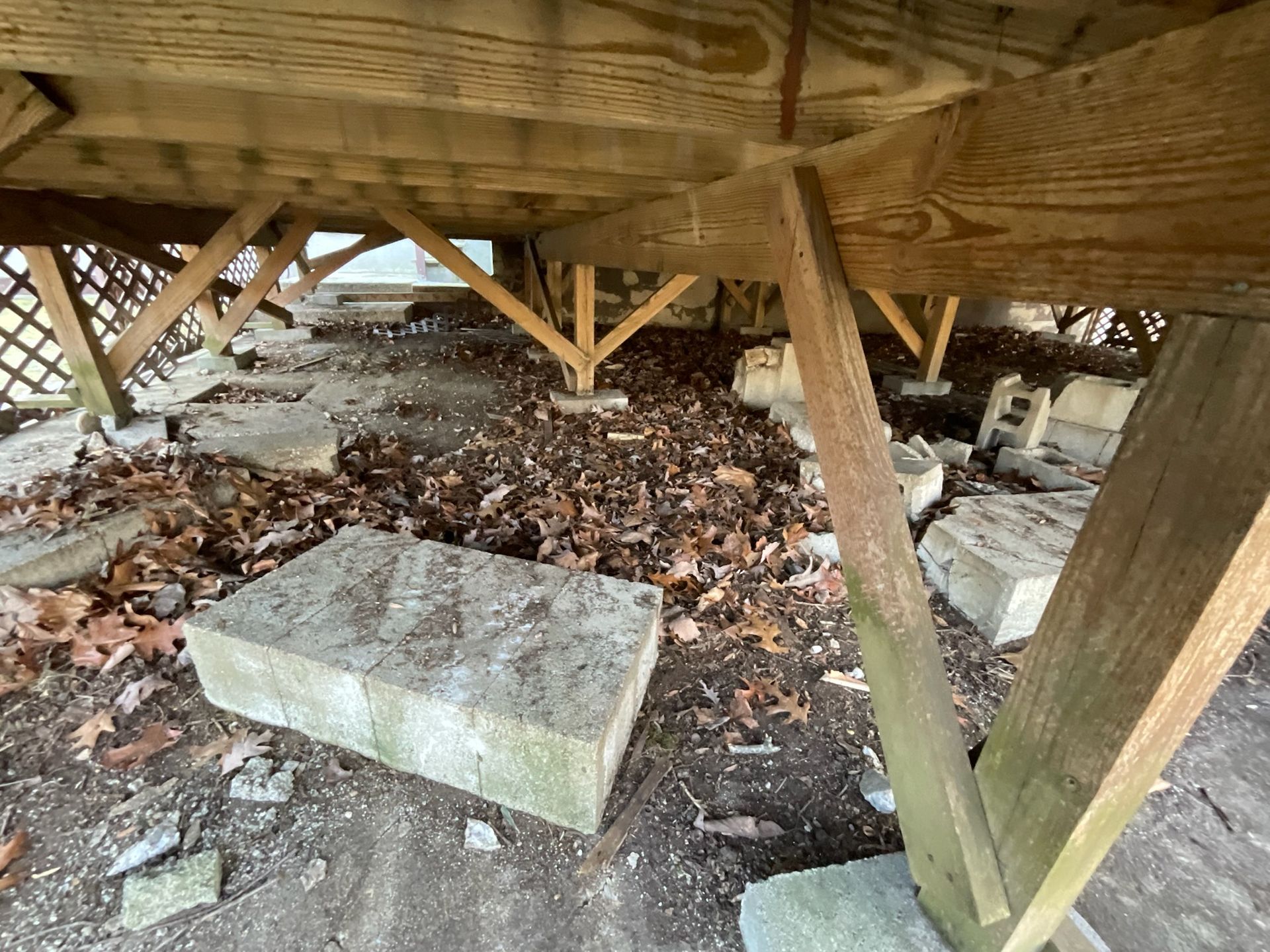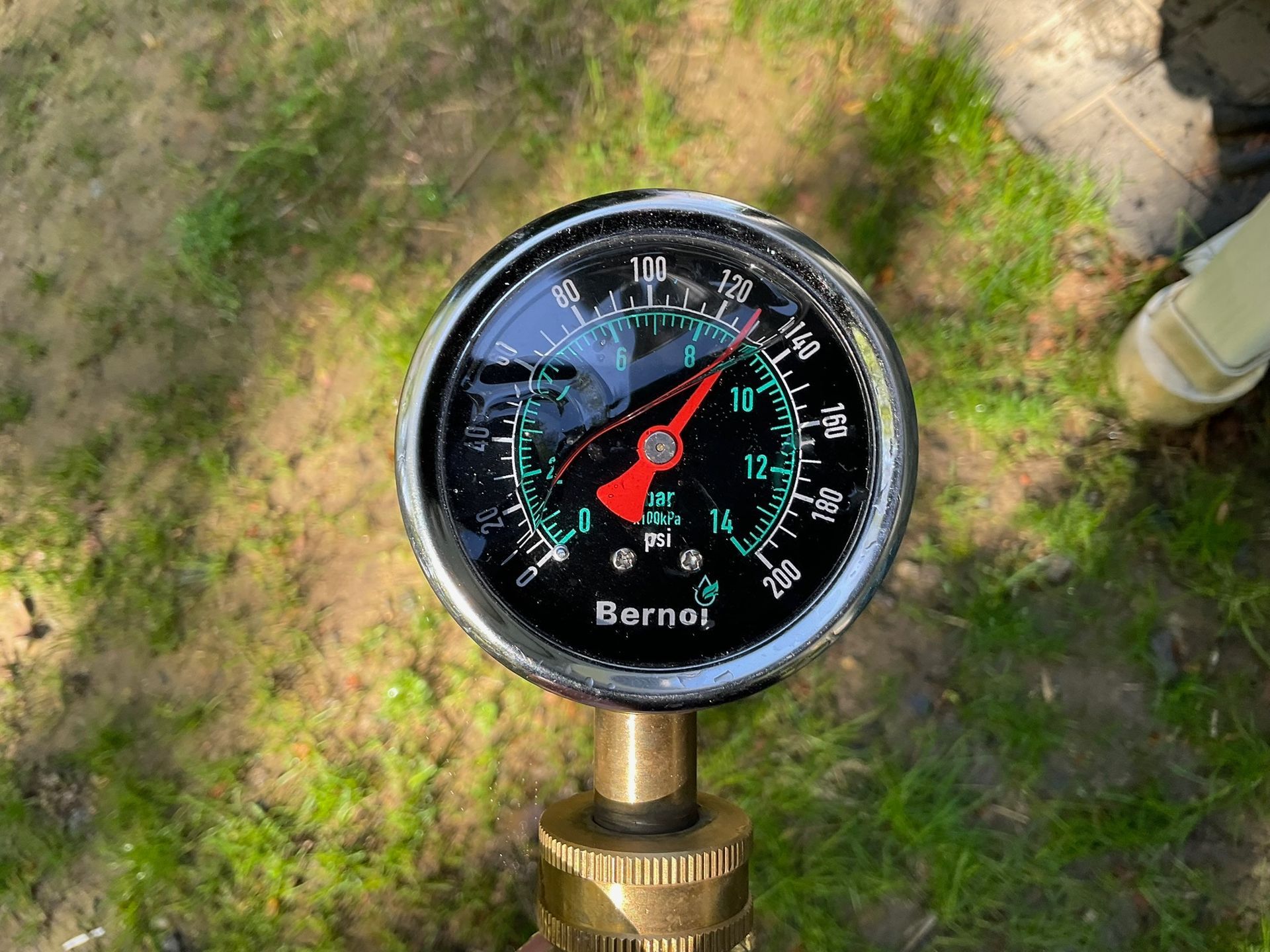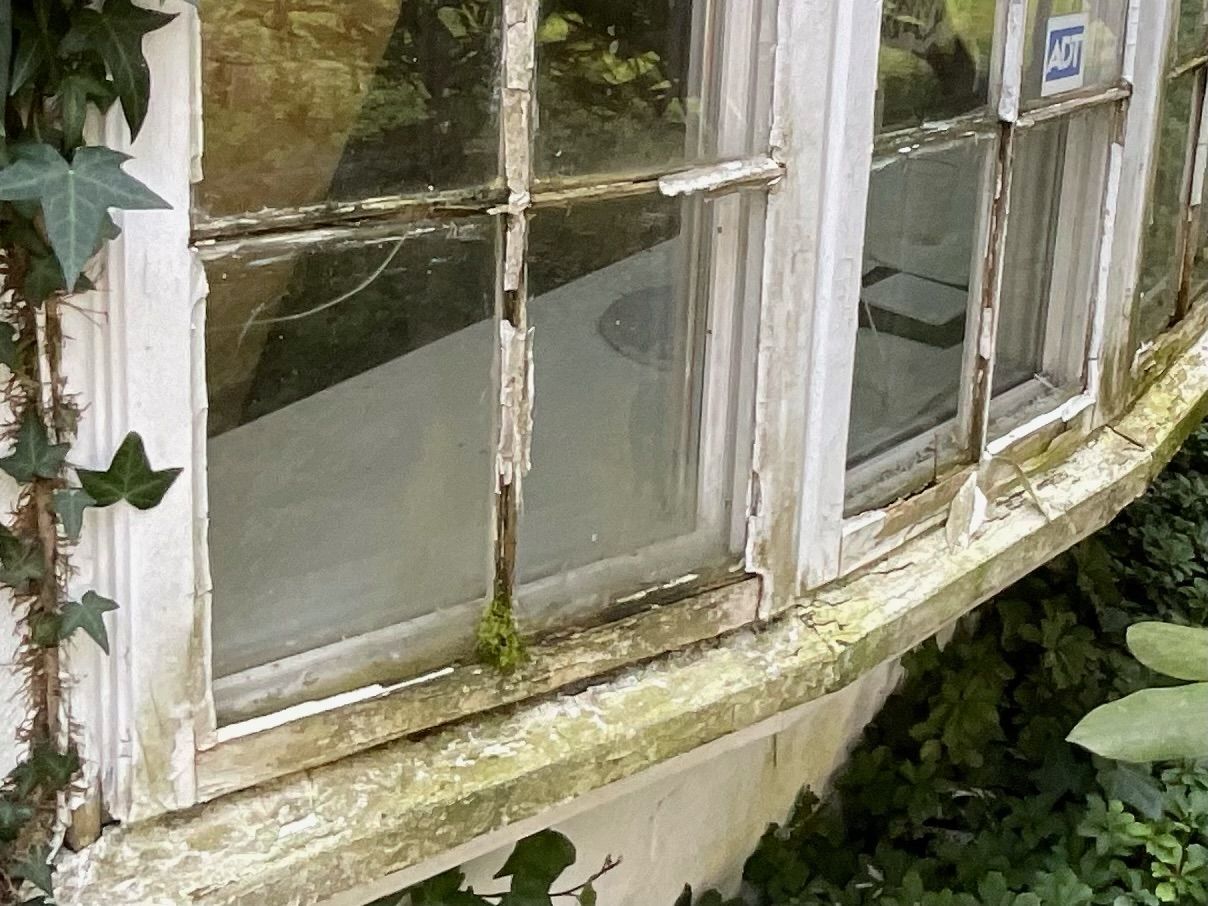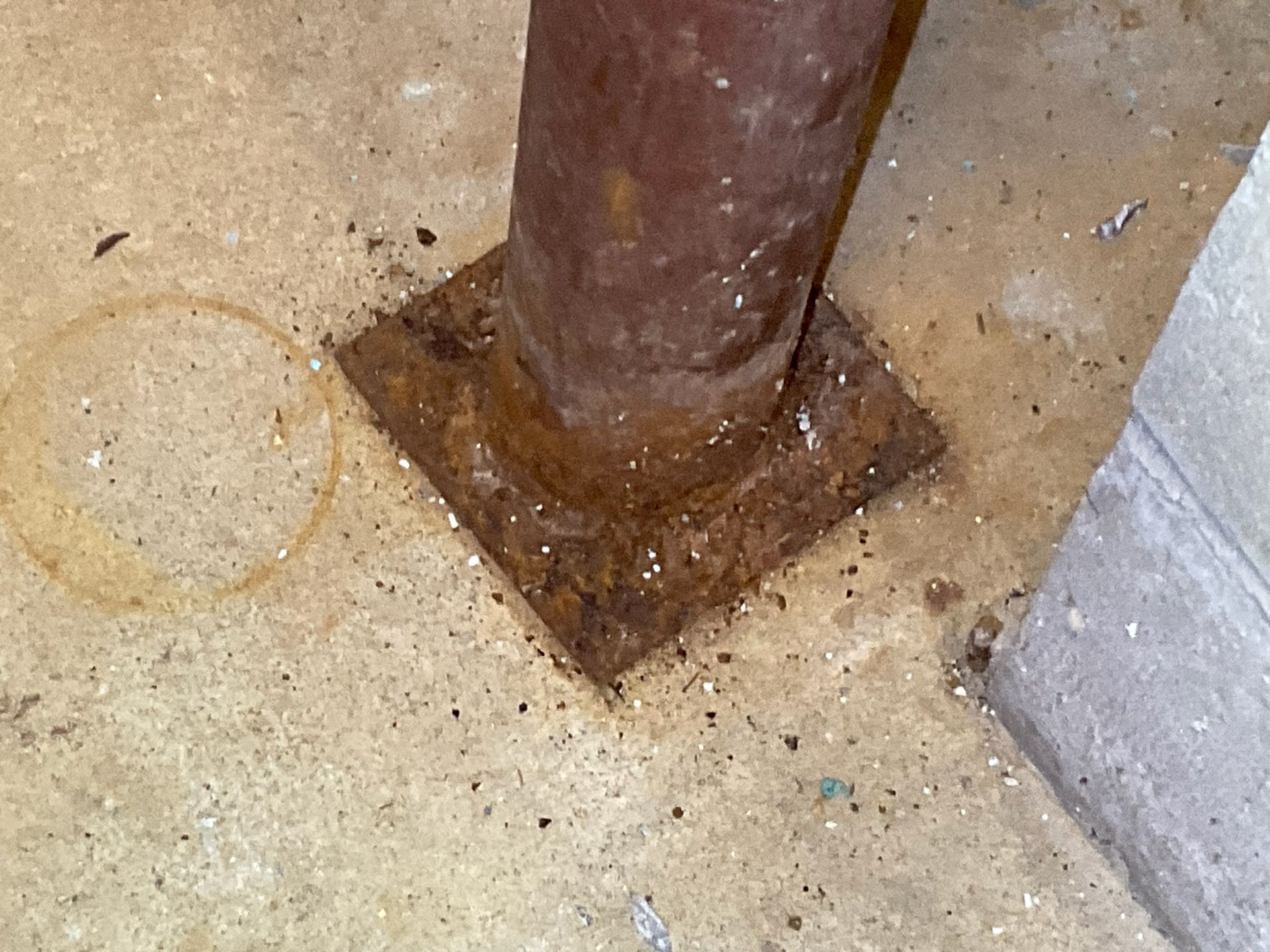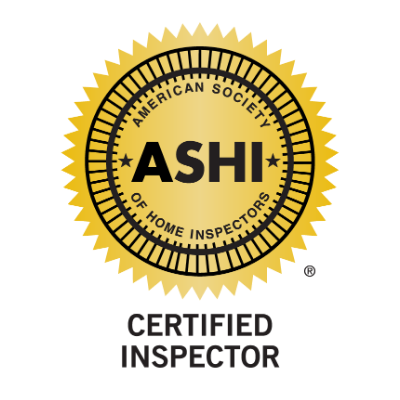by Tom Lochtefeld
•
26 June 2025
High water pressure in a home might seem like a luxury, but it can actually cause serious damage over time. One of the primary dangers is the stress it puts on plumbing systems. Pipes, joints, and fixtures are only rated for certain pressure levels—typically around 60 psi. When the pressure exceeds this, it can lead to leaks, burst pipes, or premature wear on appliances like washing machines, dishwashers, and water heaters. These issues can result in costly water damage and increased utility bills. Another concern with high water pressure is the impact it has on water conservation and energy efficiency. Excess pressure causes more water to be used than necessary, increasing both water and energy costs, particularly when heating water. It can also contribute to erosion inside copper or PEX pipes, which in turn leads to sediment buildup and reduced water quality. Over time, this can degrade the effectiveness of your plumbing and create health and safety risks, especially if the pressure is not consistently monitored. To manage and prevent problems from high water pressure, homeowners should consider installing a pressure-reducing valve (PRV) on the main water line. A PRV regulates the pressure entering the home and keeps it within a safe range—usually between 40 and 60 psi. It's also wise to use a water pressure gauge to monitor pressure periodically. If signs of high pressure appear, such as banging pipes (water hammer), leaking faucets, or running toilets, it’s important to address them quickly by consulting a plumber. Regular inspections and proper pressure regulation can help ensure your plumbing system remains safe, efficient, and long-lasting.
